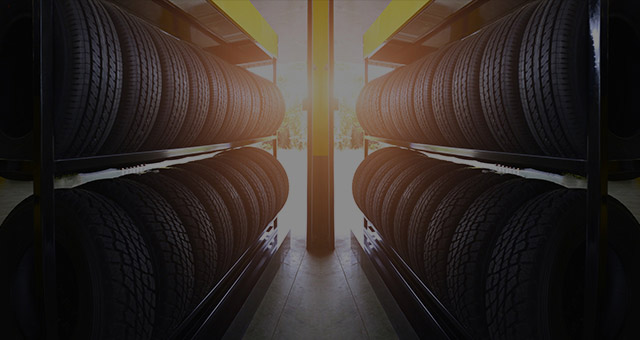Tire Service: Recognizing Tire Stress Surveillance Equipments
Understanding Tire Pressure Monitoring Equipments (TPMS) is an essential facet of preserving optimal lorry performance and safety and security on the roadway. With advancements in vehicle modern technology, TPMS has come to be a standard function in modern-day vehicles, offering real-time info on tire stress levels.

Significance of TPMS
The significance of Tire Stress Monitoring Solutions (TPMS) depends on their capacity to boost vehicle security and efficiency with real-time surveillance of tire stress degrees. Maintaining the appropriate tire pressure is critical for guaranteeing optimal handling, stopping, and overall safety of a vehicle. TPMS offers chauffeurs with instant comments on any type of overinflated or underinflated tires, permitting for prompt modifications to be made.
Parts of TPMS
Comprising different crucial aspects, a Tire Stress Surveillance System (TPMS) functions as an innovative safety and security feature in modern vehicles. The main components of a TPMS consist of sensing units, a control module, and a caution sign. Sensing units are commonly located in the tire shutoff stem or connected to the wheel assembly, where they gauge tire pressure and transmit information to the control module. If it detects considerably reduced pressure in any of the tires, the control component processes this information and causes a caution. The warning sign, often an icon on the control panel, informs the vehicle driver to examine the afflicted tire or tires. Some advanced TPMS versions additionally present the actual tire stress readings for each tire, providing vehicle drivers with real-time information to make certain optimal tire efficiency and security. By keeping an eye on tire pressure constantly, TPMS helps prevent accidents, minimizes tire wear, and improves fuel effectiveness, making it a vital part for vehicle safety and performance.
Kinds Of TPMS

On the other hand, indirect TPMS counts on the vehicle's wheel rate sensing units to keep track of tire stress. This system finds underinflation by contrasting the rotational rates of the wheels. Indirect TPMS is much less costly than direct TPMS, as it uses existing sensors within the automobile.
While direct TPMS provides much more precise analyses, indirect TPMS is easier in style and normally calls for much less upkeep. Both systems have their constraints and advantages, and the option between them usually depends on aspects such as cost, automobile make, and personal preference. Understanding the differences between these 2 types of TPMS can assist car proprietors make notified decisions concerning tire upkeep and safety.
TPMS Maintenance Tips
Conduct routine checks on the tire stress degrees and compare them with the TPMS readings to ensure they are consistent. Throughout tire rotation or substitute, make certain that the TPMS elements are taken care of meticulously to prevent any kind of potential damages. If the TPMS cautioning light brightens on the dashboard, attend to the concern immediately by examining the tire pressures and the general system for any faults.
Advantages of Proper Tire Pressure
Preserving proper tire pressure, as stressed in TPMS Maintenance browse this site Tips, is crucial for enjoying the countless benefits related to optimal tire stress degrees. One of the primary advantages of maintaining the appropriate tire stress is boosted gas effectiveness. When tires are correctly inflated, there is much less rolling resistance, leading to much better gas economic situation. Furthermore, correct tire stress ensures even tire wear, prolonging the life expectancy of the tires and advertising more secure driving problems. With the appropriate tire pressure, vehicles likewise have much better handling and grip, specifically in damaging weather. This can enhance overall driving performance and security for the driver and passengers. Preserving ideal tire pressure can contribute to a smoother and more comfy adventure by decreasing vibrations and noise created by underinflated tires. In conclusion, the advantages of correct tire stress go beyond just tire longevity; they encompass improved gas effectiveness, boosted safety, much better vehicle efficiency, and overall driving convenience.
Conclusion
To conclude, recognizing tire pressure monitoring systems (TPMS) is vital for navigate to this website keeping optimal tire stress and guaranteeing lorry safety. By identifying the significance of TPMS, recognizing with its elements, recognizing the different types readily available, adhering to correct maintenance ideas, and recognizing the benefits of keeping appropriate tire pressure, drivers can boost their driving experience and extend the lifespan of their tires. Proper tire stress is vital to effective and secure lorry procedure.
